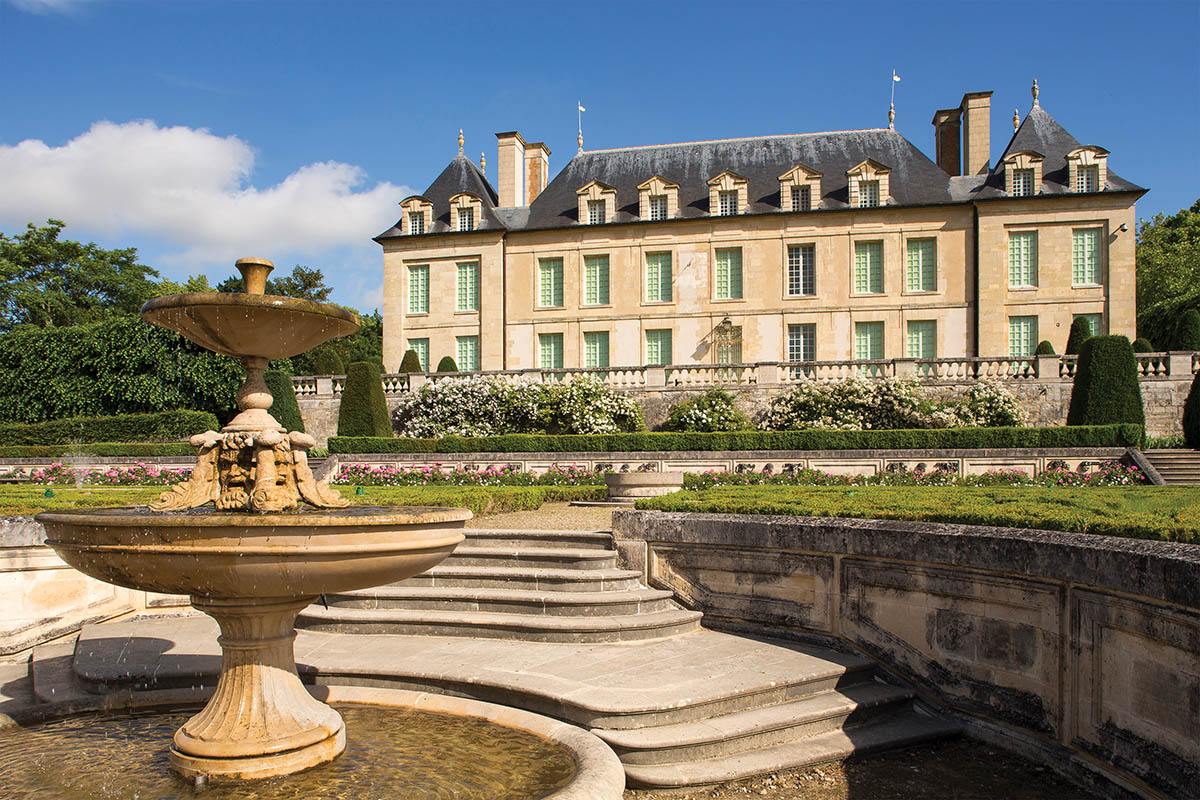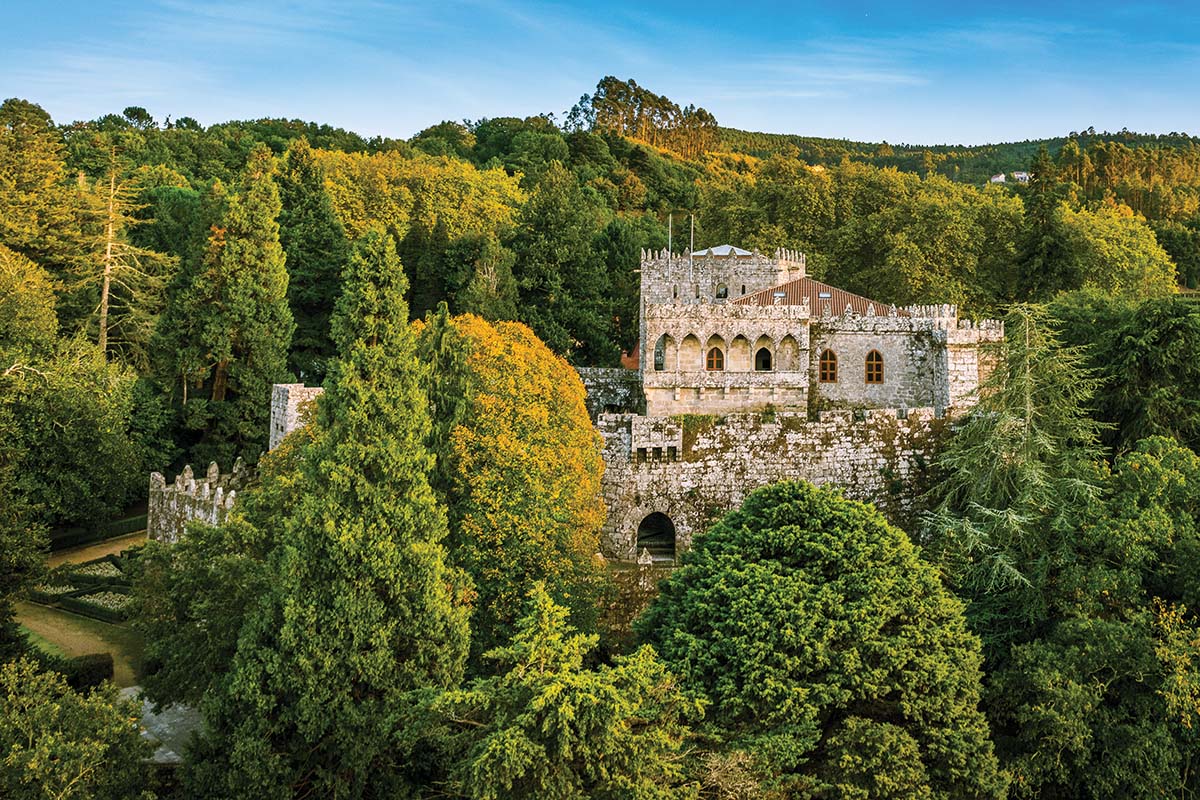Camino de Santiago for beginners
Text: Arne Adriaenssens | Photo: Unsplash
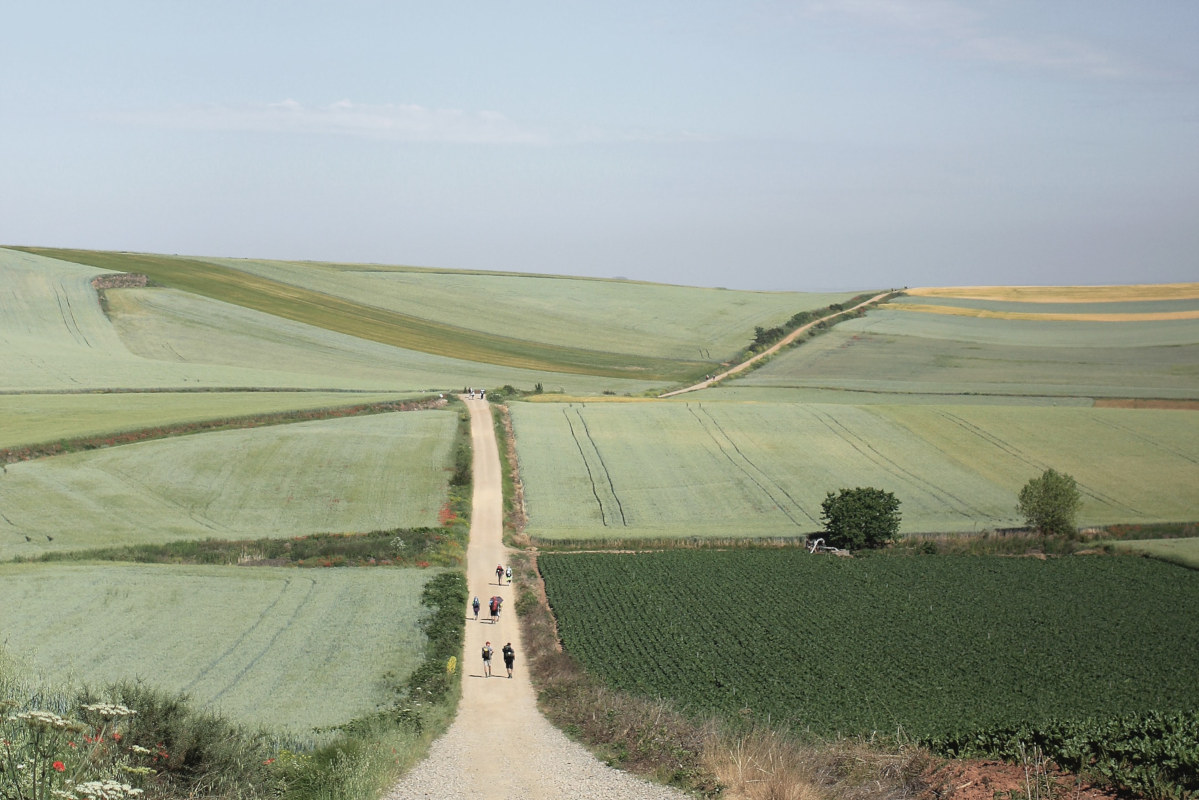
Going on a pilgrimage might sound like something from yesteryear, yet, a nice hike never goes out of style. That’s why over 300,000 pilgrims from 200 different countries still walk to Santiago de Compostela every year; not necessarily to pray in its iconic cathedral, but often just for the journey itself. But what is it that makes ‘el Camino de Santiago’ so legendary? And what does this walk to the Galician capital entail? Well, strap on your hiking boots and get your legs warmed up, because we take you along with us on the world’s most iconic pilgrimage.
Why Santiago de Compostela?
In the crypt of the city’s humongous cathedral, lie the remains of Jesus’ disciple Saint James (Santiago in Spanish). Rumour has it that in the ninth century, a local hermit heard music in the woods. When he went to look, he saw a bright light, which he knew had to be an appearance of that same saint. Since then, the city attracts plenty of pilgrims. In the early Middle Ages, an annual 250,000 devotees walked to the sacred city.
Surprisingly enough, that wasn’t the beginning of the Camino. In the eighth century before Christ, people already walked the roads to – what now is – the popular pilgrimage site. As the route follows the shape of the Milky Way, they believed that it would lead them to the end of the world.
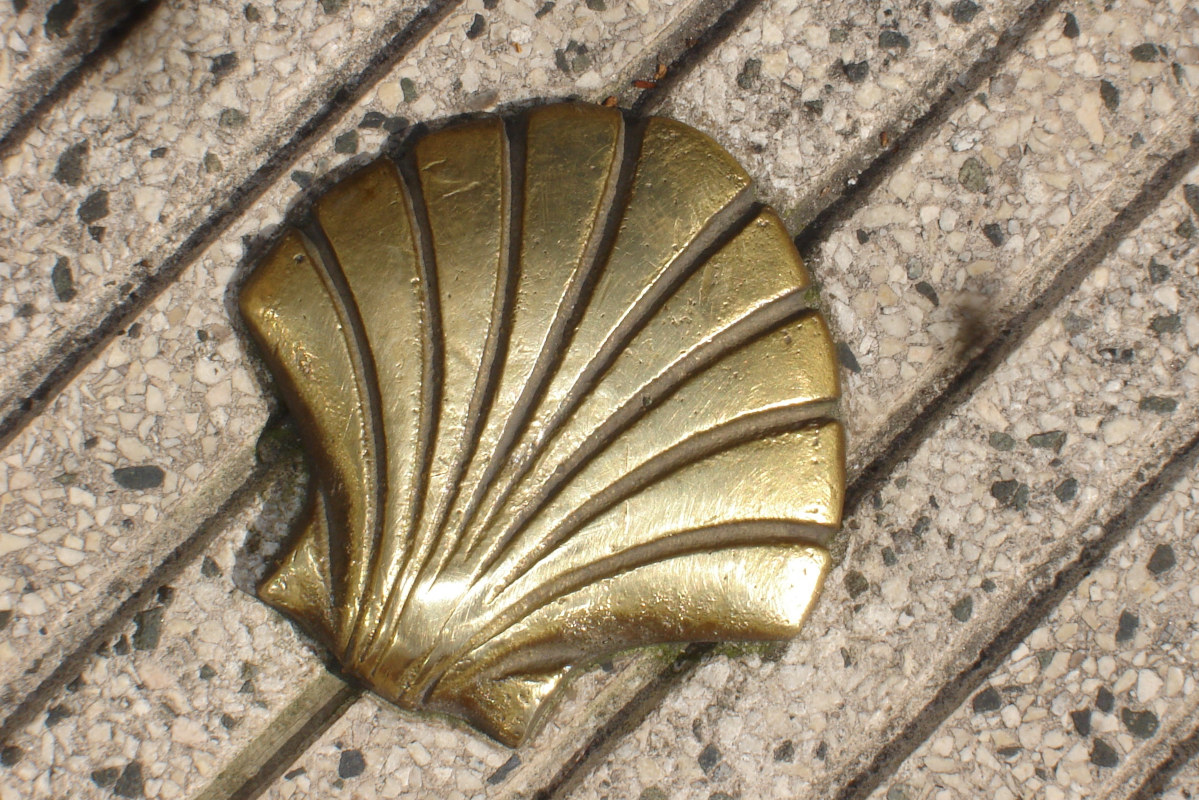
pxhere.com
Where does the road to Compostela start?
In the days of yore, the trip started at your front door. People left their houses and walked to the closest point on the trail, from where they followed the route. Today, most pilgrims handpick a starting point somewhere on the trail. As there are seven official ‘Caminos’ (one of which starts in the north of the Netherlands while another commences a mere 117 kilometres from Compostela), you can’t pinpoint an exact starting point. The ‘Camino Francés’ – the most popular Camino – starts in Saint-Jean-Pied-de-Port, a small village on the French side of the Pyrenees. From here, you are still 769 kilometres (or, roughly a month of walking) away from Santiago de Compostela. The entire trip (as well as all other official Caminos de Santiago) are marked with golden or yellow scallops on the ground or at the walls of every crossroad, guiding you to Santiago.
How does a day of the Camino de Santiago look like?
Most hikers start walking at around 5am, long before the sun makes it too hot to hike. By 11am, they have conquered 20 or 25 kilometres already, after which they call it a day and relax until the evening. If you undertake your journey the old-fashioned way, you must spend the night in monasteries. Along the way, you will find plenty of abbeys where pilgrims can sleep for next to nothing. Many modern hikers opt for inns, where you can stay for as low as five euros.
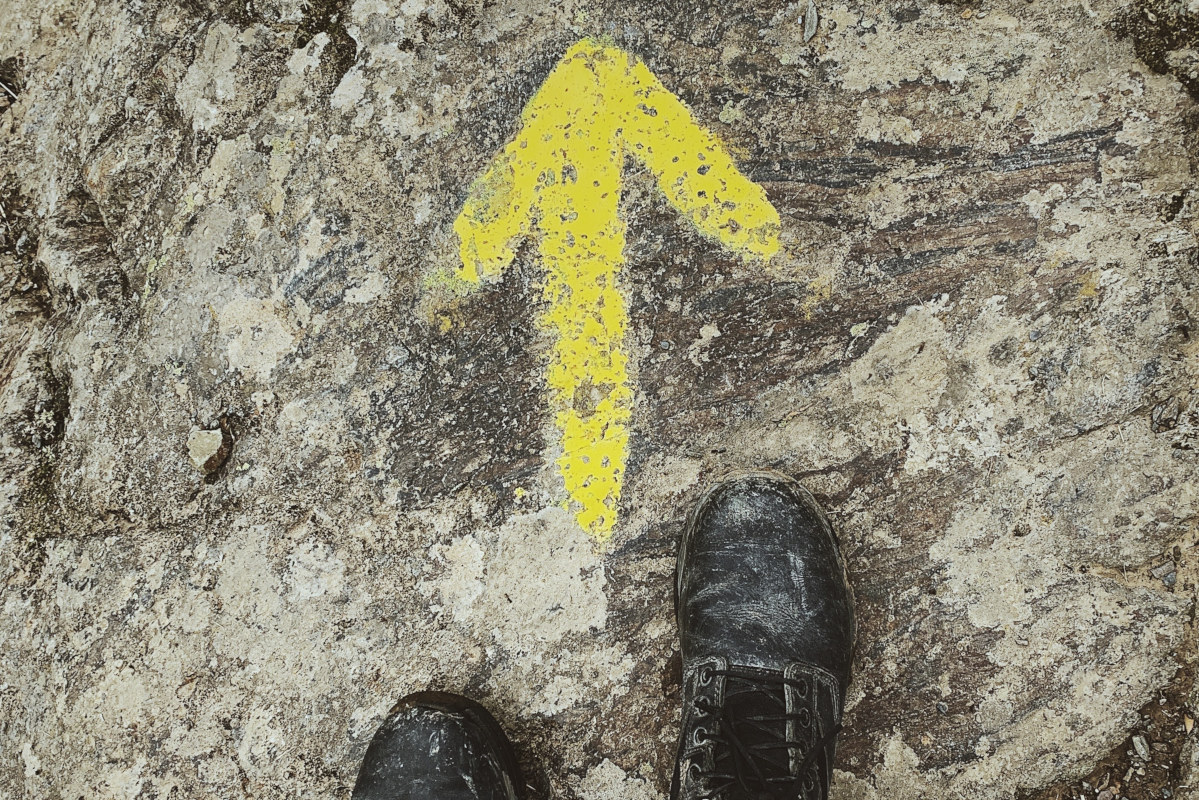
What are the typical Camino traditions?
To make your trip official, you need to get your paperwork straight. Every pilgrim carries a card with them on which they collect stamps in every village or city that they pass. If you walk over 100 kilometres, this card earns you a certificate and a scallop ‘medallion’ upon arrival.
If you follow the Camino Frances, you should also carry a rock from your hometown with you. The tradition is to haul it with you until the Cruz de Ferro – a monument about ten days’ walking away from the holy city – and leave it underneath the cross, where a high pile of internationally sourced pebbles will await you.
Subscribe to Our Newsletter
Receive our monthly newsletter by email



